#reportages
Text
2023 - Parc National du Mont-Mégantic (3 de 3)
Nouveau et dernier photoreportage au SEPAQ Mégantic. /
New and last photoreportage at SEPAQ Mégantic
Les photographies et une partie des textes contenus sur ce site sont la propriété intellectuelle de l’auteur, sont protégés par les lois en vigueur, lui appartiennent et ne sont pas libres de droit.Tout élément copié, reproduit, modifié, réédité, chargé, dénaturé, transmis ou distribué de quelque manière que ce soit, sous quelque support que ce soit, de façon partielle ou intégrale, sans…
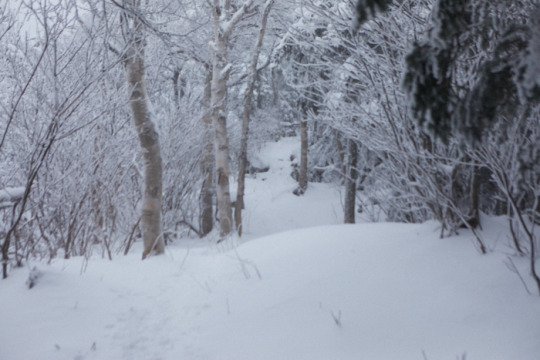
View On WordPress
7 notes
·
View notes
Text
Pittocha
Le spectacle sous chapiteau des Ogres de Barback.
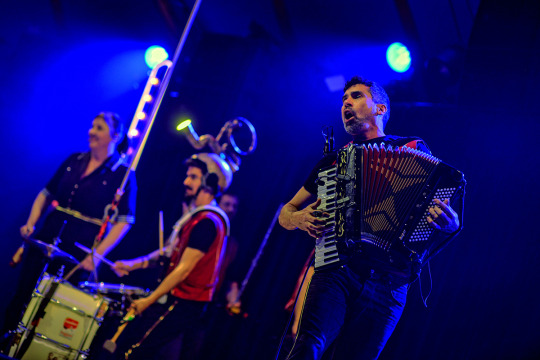
View On WordPress
0 notes
Text
Jeux vidéo - Les nouveaux maîtres du monde à voir sur PlayVOD Cameroun
Cher passionné de documentaires, sachez que d’intéressants reportages sont mis en avant sur PlayVOD Cameroun. Faites vite un saut sur la plateforme pour apprécier par exemple « Jeux vidéo - Les nouveaux maîtres du monde », une réalisation signée Jérôme Fritel.
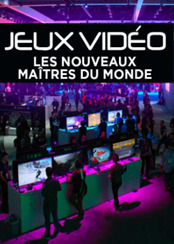
0 notes
Link
Het Haarlems Filmkollektief, opgericht in 1977, heeft besloten om zijn volledige collectie van 1977 tot 2018 te schenken aan het Noord-Hollands Archief (NHA). De collectie, bestaande uit een uitgebreide verzameling van voorlichtingsfilms, documentaires, reportages en compilatiefilms, belichaamt veertig jaar aan sociale, historische en culturele waarde. Het Haarlems Filmkollektief begon zijn reis met de productie van de korte protestfilm Flash over filmcensuur in 1977, een filmgrap die de aandacht trok van het Verenigd Nederlands Filminstituut en de tweede plaats behaalde in de categorie ‘korte films’ tijdens het educatieve Festikon filmfestival. De groep groeide uit tot een belangrijke speler binnen de audiovisuele sector in Haarlem, met als gangmakers Henk Maurits en Machiel Amorison. Met een focus op niet-commerciële projecten, richtte het Haarlems Filmkollektief zich aanvankelijk op het produceren van films voor organisaties met beperkte financiële middelen, zoals wijkraden, actiegroepen en buurtinitiatieven. Later kwam de focus te liggen op voorlichtingsfilms voor culturele instellingen, onderwijs en gezondheidszorg. Gedurende veertig jaar werkten verschillende makers in verschillende samenstellingen aan meer dan dertig projecten, variërend van voorlichtingsfilms, tot reportages en documentaires. Een van de uitschieters in de collectie is de film Jute, of de smalle marges van de politieke kunst, over een spraakmakend en controversieel Haarlems kunstenaarsproject uit 1979. De stad Haarlem stond ook centraal in de documentaire In de voetsporen van Frans Hals, die werd gemaakt ter gelegenheid van de grote internationale Frans Hals tentoonstelling in 1990. Het Haarlemse Dolhuys (nu Museum van de Geest) vormde de voedingsbodem voor een belangrijke serie films over de geestelijke gezondheidszorg. De beslissing om de volledige collectie te schenken aan het NHA kwam na een periode van reflectie in 2019, toen de productiviteit van het collectief werd onderbroken door de uitbraak van de Coronapandemie. In de periode daarna is de collectie van 30 films door de leden van het collectief zelf volledig gedigitaliseerd. Per 1 mei 2024 wordt de collectie in zijn geheel overgedragen aan het NHA.
#voorlichtingsfilms#documentaires#reportages#compilatiefilms#Films#collectie#NHA#NoordHollandsArchief#Haarlem#HaarlemsFilmkollektief
0 notes
Text
Reportages : divers sujets abordés sur Buzz No Limit
Saviez-vous que la « Sélection Vidéos » de Buzz No Limit propose une variété de reportages sur des sujets divers et variés ? Que vous soyez intéressé par les jeux vidéo, le football, les sports extrêmes ou les faits amusants comme les pires chutes, vous trouverez sûrement quelque chose qui retiendra votre attention. Ces vidéos restent disponibles pendant plusieurs semaines, vous permettant de les…

View On WordPress
0 notes
Text
Liste de prix tirages photo
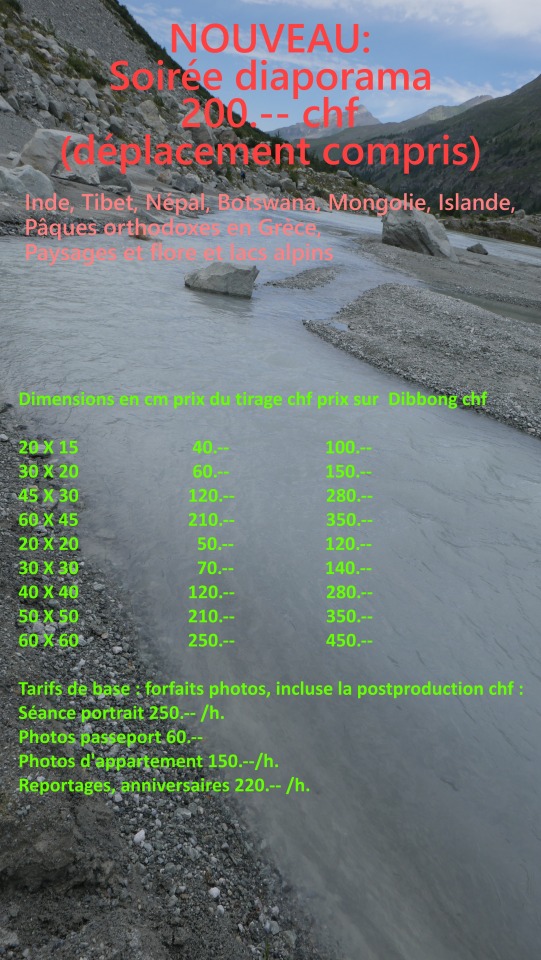
0 notes
Text
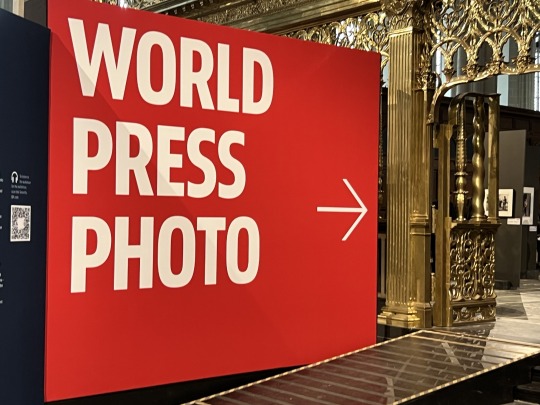
April 22, 2023
#amsterdam#nieuwe kerk#tentoonstelling#world press#world press photo#exhibition#winner#bezoek#voorbereiding#rondleidingen#mbo#heftig#wereld#fotografie#nieuws#reportages#nadenken#aanpak#idee#rondleider#geraakt
0 notes
Text
Lieve Joris schrijft liefdevol over haar familie
Lieve Joris schrijft liefdevol over haar familie
Lieve Joris kende ik als schrijfster van reportages over verre oorden als Congo en China. Met scherpe formuleringen, rake typeringen beschreef zij wat haar daar opviel en wat ons daarvan moest bijblijven.
Met diezelfde scherpe blik richt ze nu haar vizier op haar eigen familie. In Hildeke schrijft ze met liefde, meevoelend, kritisch, zuiver en met aandacht voor haar rol in de familie, over haar…

View On WordPress
#&039;mongooltje&039;#21-ste eeuws#Belgisch#China#Congo#dementie#familie#ouders#reportages#schrijfster#Vader#zus
0 notes
Text
arthur rimbaud: "scritti africani", a cura di gabriel-aldo bertozzi
arthur rimbaud: “scritti africani”, a cura di gabriel-aldo bertozzi
Sandro Ricaldone
ARTHUR RIMBAUDScritti africanitraduzione e cura di Gabriel-Aldo Bertozzi Diana edizioni, 2022Le pagine redatte da Rimbaud durante il periodo africano rivelano aspetti inediti della sua personalità. Con l’Europa Rimbaud abbandona la poesia per un nuovo linguaggio, una letteratura odeporica ed epistolare, tutta sua: resoconti pionieristici e reportages di viaggio, da “inviato…

View On WordPress
#Aden#Africa#Arthur Rimbaud#Diana Edizioni#Etiopia#Gabriel-Aldo Bertozzi#Gibuti#Harar#reportages#Rimbaud in Africa#Sandro Ricaldone#Scritti africani#viaggi#Yemen
1 note
·
View note
Text

Writer Spotlight: Elise Hu
We recently met with Elise Hu (@elisegoeseast) to discuss her illuminating title, Flawless—Lessons in Looks and Culture from the K-Beauty Capital. Elise is a journalist, podcaster, and media start-up founder. She’s the host of TED Talks Daily and host-at-large at NPR, where she spent nearly a decade as a reporter. As an international correspondent, she has reported stories from more than a dozen countries and opened NPR’s first-ever Seoul bureau in 2015. Previously, Elise helped found The Texas Tribune, a nonprofit digital start-up, after stops at many stations as a television news reporter. Her journalism work has won the national Edward R. Murrow and duPont Columbia awards, among others. An honors graduate of the University of Missouri School of Journalism, she lives in Los Angeles.
Can you begin by telling us a little bit about how Flawless came to be and what made you want to write about K-beauty?
It’s my unfinished business from my time in Seoul. Especially in the last year I spent living in Korea, I was constantly chasing the latest geopolitical headlines (namely, North Korean leader Kim Jong Un’s big moves that year). It meant I didn’t get to delve into my nagging frustrations of feeling second-class as an Asian woman in Korea and the under-reported experiences of South Korean women at the time. They were staging record-setting women’s rights rallies during my time abroad in response to a stark gender divide in Korea. It is one of the world’s most influential countries (and the 10th largest economy) and ranks shockingly low on gender equality metrics. That imbalance really shows up in what’s expected of how women should look and behave. Flawless explores the intersection of gender politics and beauty standards.
Flawless punctuates reportage with life writing, anchoring the research within your subjective context as someone who lived in the middle of it but also had an outside eye on it. Was this a conscious decision before you began writing?
I planned to have fewer of my personal stories in the book, actually. Originally, I wanted to be embedded with South Korean women and girls who would illustrate the social issues I was investigating, but I wound up being the narrative thread because of the pandemic. The lockdowns and two years of long, mandatory quarantines in South Korea meant that traveling there and staying for a while to report and build on-the-ground relationships was nearly impossible. I also have three small children in LA, so the embedding plan was scuttled real fast.
One of the central questions the book asks of globalized society at large, corporations, and various communities is, “What is beauty for?” How has your response to this question changed while producing Flawless?
I think I’ve gotten simultaneously more optimistic and cynical about it. More cynical in that the more I researched beauty, the more I understood physical beauty as a class performance—humans have long used it to get into rooms—more power in relationships, social communities, economically, or all of the above at once. And, as a class performance, those with the most resources usually have the most access to doing the work it takes (spending the money) to look the part, which is marginalizing for everyone else and keeps lower classes in a cycle of wanting and reaching. On the flip side, I’m more optimistic about what beauty is for, in that I have learned to separate beauty from appearance: I think of beauty in the way I think about love or truth, these universal—and largely spiritual—ideas that we all seek, that feed our souls. And that’s a way to frame beauty that isn’t tied in with overt consumerism or having to modify ourselves at all.
This is your first book—has anything surprised you in the publishing or publicity process for Flawless?
I was most surprised by how much I enjoyed recording my own audiobook! I felt most in flow and joyful doing that more than anything else. Each sentence I read aloud was exactly the way I heard it in my head when I wrote it, which is such a privilege to have been able to do as an author.
Do you have a favorite reaction from a reader?
I don’t know if it’s the favorite, but recency bias is a factor—I just got a DM this week from a woman writing about how the book helped put into words so much of what she felt and experienced, despite the fact she is not ethnically Korean, or in Korea, which is the setting of most of the book. It means a lot to me that reporting or art can connect us and illuminate shared experiences…in this case, learning to be more embodied and okay with however we look.
As a writer, journalist, and mother—how did you practice self-care when juggling work commitments, social life, and the creative processes of writing and editing?
I juggled by relying on my loved ones. I don’t think self-care can exist without caring for one another, and that means asking people in our circles for help. A lot of boba dates, long walks, laughter-filled phone calls, and random weekend trips really got me through the arduous project of book writing (more painful than childbirth, emotionally speaking).
What is your writing routine like, and how did the process differ from your other reporting work? Did you pick up any habits that you’ve held on to?
My book writing routine was very meandering, whereas my broadcast reporting and writing are quite linear. I have tight deadlines for news, so it’s wham, bam, and the piece is out. With the book, I had two years to turn in a manuscript. I spent the year of lockdowns in “incubation mode,” where I consumed a lot of books, white papers, articles, and some films and podcasts, just taking in a lot of ideas to see where they might collide with each other and raise questions worth reporting on, letting them swim around in the swamp of my brain. When I was ready to write, I had a freelance editor, the indefatigable Carrie Frye, break my book outline into chunks so I could focus on smaller objectives and specific deadlines. Chunking the book so it didn’t seem like such a massive undertaking helped a lot. As for the writing, I never got to do a writer’s retreat or some idyllic cabin getaway to write. I wrote in the in-between moments—a one or two hour window when I had a break from the TED conference (which I attend every year as a TED host) or in those moments after the kids’ bedtime and before my own. One good habit I got into was getting away from my computer at midday. I’m really good about making lunch dates or going for a run to break up the monotony of staring at my screen all day long.
What’s good advice you’ve received about journalism that you would pass on to anyone just starting out?
All good reporting comes from great questions. Start with a clear question you seek to answer in your story, project, or book, and stay true to it and your quest to answer it. Once you are clear on what the thing is about, you won’t risk wandering too far from your focal point.
Thanks to Elise for answering our questions! You can follow her over at @elisegoeseast and check out her book Flawless here!
#writer spotlight#elise hu#flawless#k-beauty#beauty#beauty industry#feminism#gender politics#seoul#south korea#journalism#writing advice#reportage#flawlessthebook
239 notes
·
View notes
Text
Wait a minute. In the original version, it's a Reportage Mission.
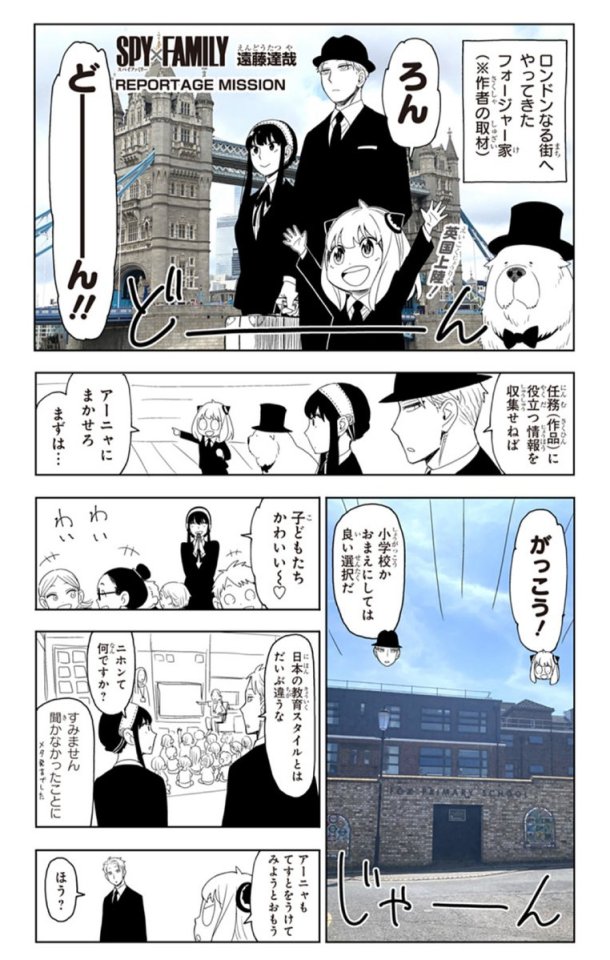
But I guess it doesn't matter. Endo-sensei really did some research there, so the translator probably refers to his research instead.
#personal post#personal thoughts#spy x family#spy x family manga#spy x family manga spoilers#research mission#reportage mission#loid forger#anya forger#yor forger#bond forger#tatsuya endo#research in london
42 notes
·
View notes
Text
2023 - Parc National du Mont-Mégantic (2 de 3)
Reportage sur le 2e sentier (Les Cimes) du Parc National de Mégantic. / Report on the 2nd trail (Les Cimes) of the Mégantic National Park.
Les photographies et une partie des textes contenus sur ce site sont la propriété intellectuelle de l’auteur, sont protégés par les lois en vigueur, lui appartiennent et ne sont pas libres de droit.Tout élément copié, reproduit, modifié, réédité, chargé, dénaturé, transmis ou distribué de quelque manière que ce soit, sous quelque support que ce soit, de façon partielle ou intégrale, sans…

View On WordPress
0 notes
Text
Paris IIe.
Paris 2e. Arrondissement du la Bourse.

View On WordPress
0 notes
Text

ABYSS
#photographers on tumblr#elloon#photography#jackie branc photographer#black and white#photographer#black and white photography#urban#urban photography#social reportage#abyss#fog
91 notes
·
View notes
Text
Des vidéos téléchargeables pour tous les membres de Buzz No Limit
La section Actualités Internationale de Buzz No Limit offre quotidiennement de nouvelles vidéos téléchargeables, couvrant divers sujets en vogue dans le monde, sans limitation thématique. En devenant membre, vous bénéficiez de la possibilité de rester informé sur les évènements marquants à travers des reportages succincts, accessibles à tout moment. La durée courte de ces vidéos facilite une…

View On WordPress
0 notes
Text

PEDAGOGIC RESEARCH GROUP
#elloon#photography#photographers on tumblr#ello photographers on tumblr#black and white#photographer#urban#black and white photography#jackie branc photographer#urban photography#LDN#London#london tube#social reportage#original photographer#original photographers#original photography#original photographers on tumblr
21 notes
·
View notes